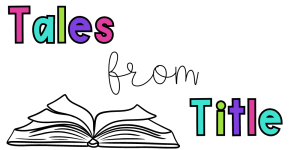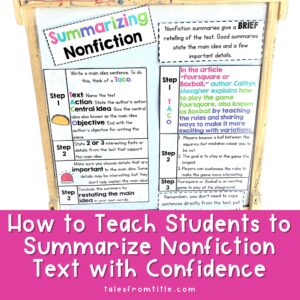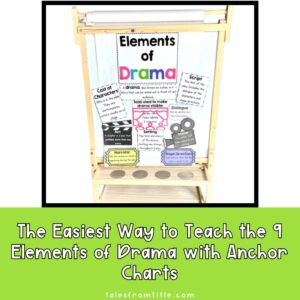I know we’ve all been here – We ask a question about the text and the entire class or group stares back at us with a deer in the headlights look. Finally, someone breaks the silence by saying, “The text doesn’t tell us that.” This usually happens when teachers ask an inferential question instead of a basic recall question. So today, let’s take a closer look at inferences and how to help students successfully answer these types of questions. Because let’s face it, students are faced with inferential questions ALL THE TIME!
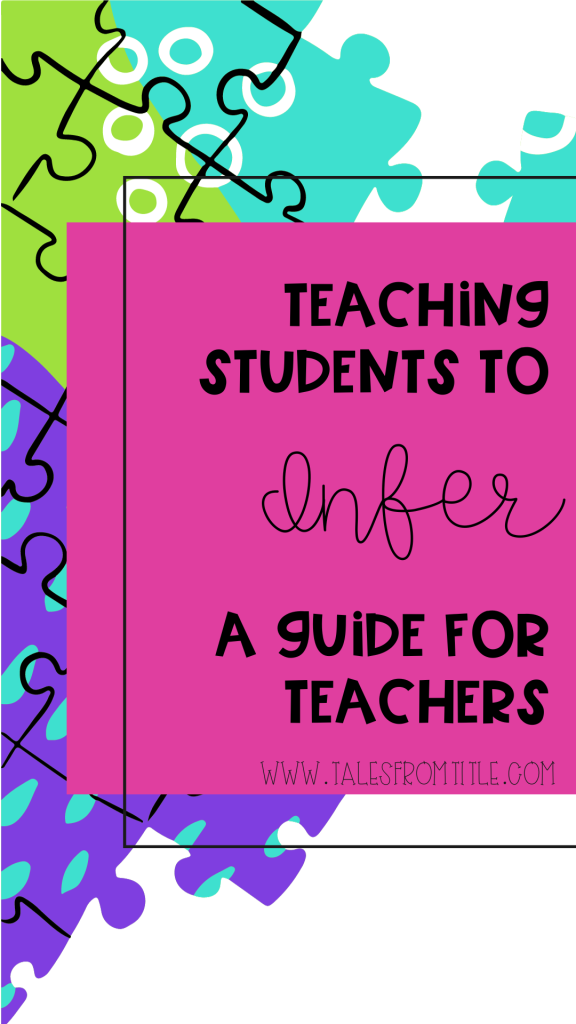
What are inferences?
In simple terms, making inferences means using clues from the text to figure out what the author isn’t explicitly telling us. It’s like solving a puzzle, where readers use their background knowledge and their own experiences plus the words on the page to fill in the gaps and make sense of the story.

The Importance of Inferences
As a reading specialist, teaching small groups of struggling readers, inferencing is a difficult skill to master especially when you aren’t the best reader. But like you, I know that students MUST know how to infer. Questions requiring students to infer are everywhere in everything we do. We as teachers want students to think at that deeper level, which requires inferencing skills. It helps students develop critical thinking skills, enhances their comprehension abilities, and allows them to engage with the text on a deeper level.
Teaching Strategies
Start with Visuals
Use pictures or short videos (I used Pixar shorts and other short films I found on YouTube) to spark students’ curiosity and engage their observational skills. If you Google pictures to practice making inferences or Pixar shorts, you will get all kinds of pictures and videos you can use to practice inferencing. I would watch the film – usually several times. Then I would write an inferential question for students to answer. If you are using a picture, you would just write an inferential question about the image.
Once students answer the question, use this time to discuss their answers and the evidence they have to support their answer. Making sure students are using evidence is crucial when making inferences. They need to be able to support their thinking with evidence, in this case, from the video or image. I’ve also found that if you are asking students to support their answer with evidence when just starting out with this visual activity, it makes it easier when you move over to text.
Model your Thinking
I struggled with where to put this because I think it is important to model your thinking when using the visual strategy, but you are also going to need to model your thinking as you move over to making inferences in text. Some students, especially your struggling readers, may put up a wall or shut down when you move over to practicing making inferences in text. Despite all the confidence you gave them when you were practicing using pictures and short films, they feel discouraged the minute they see text.
Show students how to make inferences by thinking aloud. Walk them through the steps of gathering clues, making connections, and forming conclusions. Demonstrate the thinking process behind your inferences.
Make an Anchor Chart
Anchor charts, in my opinion, are vital to student success in the classroom. They provide visual aids and reminders to students about topics they have learned in class, and are always available to refer back to even after you’ve taught that skill or lesson.
If you need ready to go anchor charts that require zero artistic skills, check out my making inferences anchor charts! Plus, they come with lesson plans and a variety of chart options to fit the needs of your classroom!

Use Graphic Organizers
Provide students with graphic organizers to help them organize their thoughts and make connections more effectively. Pro tip: write the inferencing question you want students to answer at the top of the graphic organizer worksheet so students can reference it often.
Using an inferencing graphic organizer helps students break down the steps in answering a question that requires inferencing. They can jot down their experiences and background knowledge in one space. Then, they can write down the information from the text that will help them answer their question. After they have those two pieces, they can read through them several times as they work on putting those two pieces of information together to answer the question and form their inference.
Practice, practice, and more practice!
Offer ample opportunities for students to practice making inferences. Provide a variety of texts, and engage students in discussions, small group activities, or writing exercises that require inferential thinking.
Other Fun Ways to Practice Making Inferences
- Inference Riddles: Challenge students with riddles that require them to make inferences based on clues. This activity hones their inference-making skills while providing a fun twist.
- Mystery Bag: Fill a bag with random objects, and have students infer the purpose or story behind each item. This activity fosters creativity and allows students to practice making inferences in a hands-on way.
- Act It Out: Choose a short passage from a story and have students act out different characters or scenes, making inferences about their emotions, motivations, and relationships. This activity encourages interpretation and creativity.
Conclusion
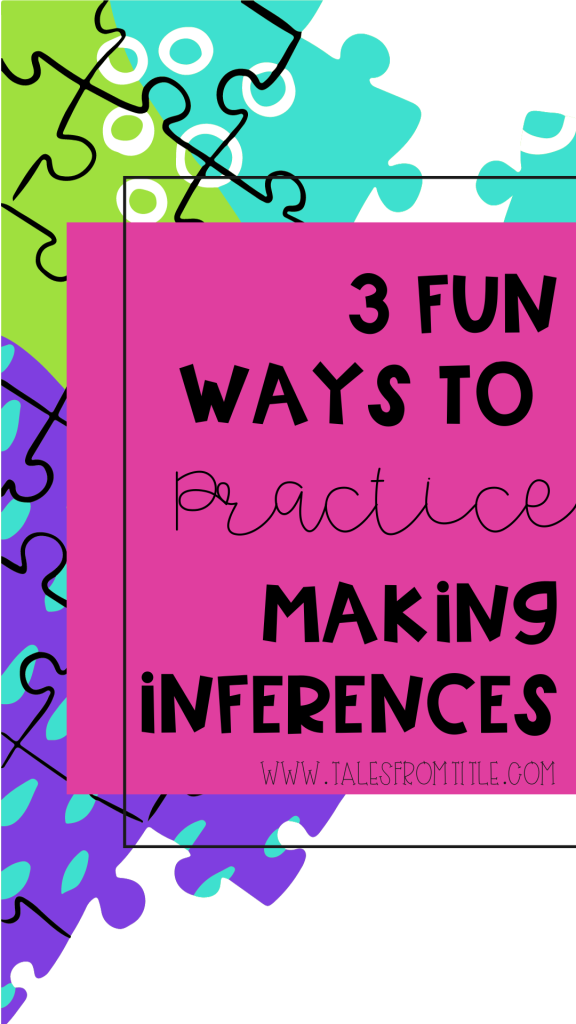
Teaching students to make inferences is often tricky because it is such an abstract concept. However, using a gradual release model as you teach students the process and importance of making inferences will go a long way! Remember, when learning to swim, we don’t just get thrown into the deep end with expectations that we will just figure it out. We start simple and work our way up to being a confident deep end swimmer. Students need the same guidance as they learn to comprehend grade level text and learn to make inferences.
